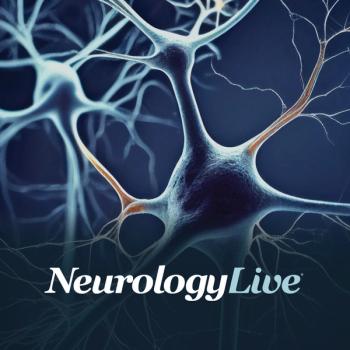
In the LEARN trial, long-term MMF treatment in NMDARE reduced relapse risk, improved seizure control and symptom burden, and was well tolerated over 24 months.

In the LEARN trial, long-term MMF treatment in NMDARE reduced relapse risk, improved seizure control and symptom burden, and was well tolerated over 24 months.

Data suggest no significant differences in comorbidity rates in a newly published study, highlighting dosing challenges and treatment patterns in patients receiving immediate-release sodium oxybate.
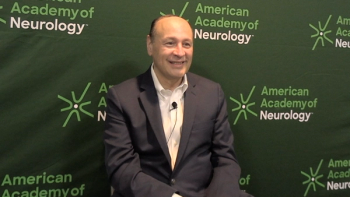
Pagan discusses the excitement surrounding new therapeutics in neurodegenerative diseases and how advances in protein clearance and inflammation reduction could lead to disease-modifying treatments for conditions like Parkinson disease.

Sonya Miller, medical director at TauRx, discussed the latest clinical data and development plans for HMTM, a potential oral therapy targeting tau pathology in Alzheimer disease.
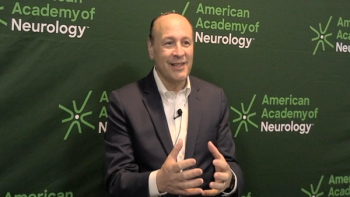
Fernando L. Pagan, MD, discussed how continuous subcutaneous apomorphine infusion impacts long-term motor fluctuations in Parkinson disease, highlighting InfusON extension study findings on uninterrupted "good ON" time and reduced "OFF" periods as evidence of its real-world efficacy.

Here's some of what is coming soon to NeurologyLive® this week.

A global cohort study identified distinct clinical patterns and higher relapse rates in pediatric patients with MOGAD with non-P42 MOG antibody binding profiles.

Ken Mariash, chief executive officer at Sinaptica, provided commentary on new data from the company’s SinaptiStim neuromodulation system, highlighting its clinical promise in slowing Alzheimer disease progression through targeted, non-drug brain network stimulation.

Test your neurology knowledge with NeurologyLive®'s weekly quiz series, featuring questions on a variety of clinical and historical neurology topics. This week's topic is on stroke in epilepsy.

Backed by promising early data and mechanistic insights, SNUG01 enters clinical trials as the first TRIM72-based gene therapy candidate for ALS.

Neuromuscular expert Matthew Alexander, PhD, explores the evolving landscape of targeted therapies in muscular dystrophies, from fibrosis and glycosylation to combination strategies with gene therapy.
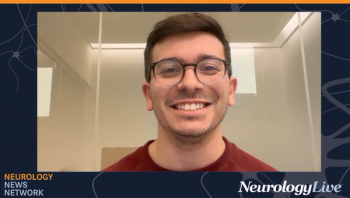
Neurology News Network. for the week ending April 19, 2025. [WATCH TIME: 3 minutes]

Take 5 minutes to catch up on NeurologyLive®'s highlights from the week ending April 18, 2025.
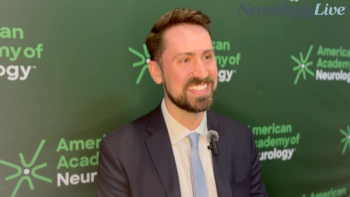
The resident in the Department of Neurology at NYU Langone Health discussed the preliminary findings of a 9-month study on lecanemab recently presented at the 2025 AAN Annual Meeting. [WATCH TIME: 2 minutes]

In a randomized cross-over trial, 4 of 5 commonly used drugs for idiopathic intracranial hypertension reduced intracranial pressure; however, also exacerbated cognitive issues.
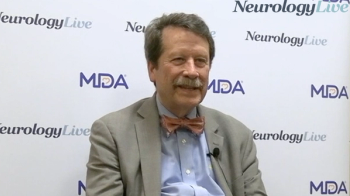
The former FDA commissioner discussed the collaborative power of the neuromuscular community and the challenges of implementing emerging therapies in a rapidly evolving care landscape. [WATCH TIME: 4 minutes]

Mind Moments®, a podcast from NeurologyLive®, brings you an exclusive interview with Nancy Foldvary-Schaefer, DO, FAAN. [LISTEN TIME: 25 minutes]

The chief scientific officer at Avidity Biosciences details the mechanism, early results, and future plans for Del-zota, an investigational therapy targeting exon 44 in Duchenne muscular dystrophy.
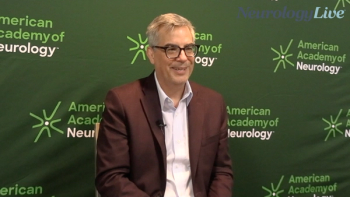
The executive vice president of research at the National MS Society talked about how the award continues to honor transformative multiple sclerosis research and inspire the next generation of investigators. [WATCH TIME: 5 minutes]

Using discovery and validation cohorts, plasma miRNA-214 levels were shown to correlate with disease severity and were also associated with plasma neurofilament light and CSF inflammatory cytokines.
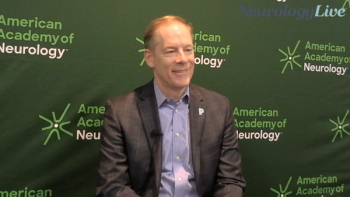
The chief scientific officer of the Parkinson’s Foundation discussed the foundation’s efforts to integrate whole genome sequencing into PD GENEration and expand access across diverse global populations. [WATCH TIME: 4 minutes]

A recently published phase 1 study revealed that coadministration of intranasal zavegepant with an oral contraceptive did not lead to clinically significant changes in drug exposure.

Philip Kremer, MD, Research Director Neurology, Center for Human Drug Research, provided clinical insights on the early-stage progress of ARV-102, an LRRK2 degrader, in LRRK2-associated diseases.

Although the study reported no evidence linking human leukocyte antigen alleles to migraine, the findings were not replicated, suggesting the HLA system may not be involved in migraine susceptibility.
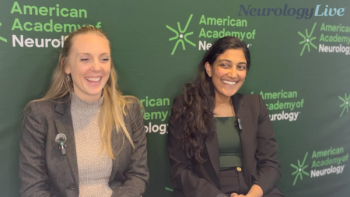
A duo of neurology experts from Feinberg School of Medicine talked about the diagnostic challenges, evolving understanding, and clinical implications of paraneoplastic neurological syndromes. [WATCH TIME: 3 minutes]

Afterimage duration was more prolonged in patients with migraine with aura than those without, suggesting differing underlying pathophysiology between the two subtypes despite the exact mechanisms remaining unclear.

The intranasal treatment, originally marketed in 2020, will now be available for patients with acute repetitive seizures as young as 2 years old.
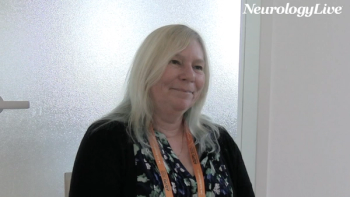
The professor in the Department of Pathology and Laboratory Medicine at the University of California, Irvine, gave clinical insights on efforts to refine neuropsychological outcome measures for individuals with Down syndrome at risk for Alzheimer disease. [WATCH TIME: 3 minutes]

Beth Stein, MD, director of neuromuscular diseases at St. Joseph’s Health, shared insights on the impact of a newly approved pre-filled syringe formulation of efgartigimod, highlighting its potential to transform care delivery.

CT-132, an approach that aims to reduce brain hypersensitivity, becomes the first marketed digital treatment to prevent migraine, intended to be used with other previously approved medications.